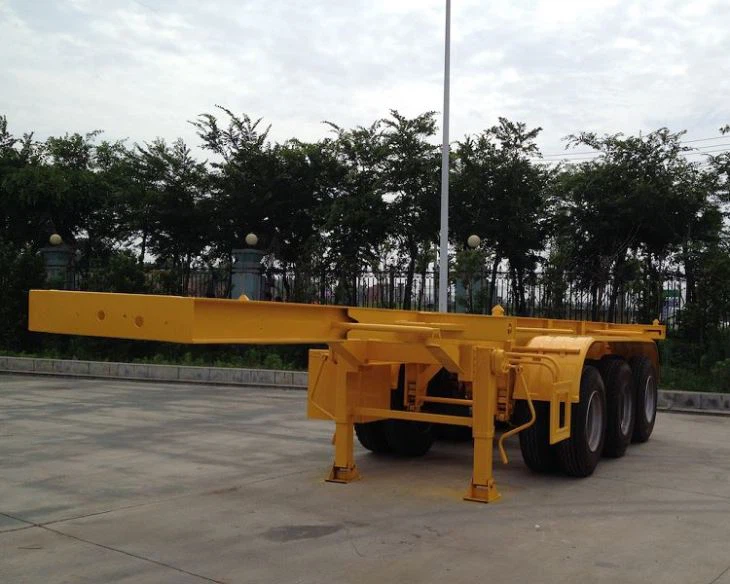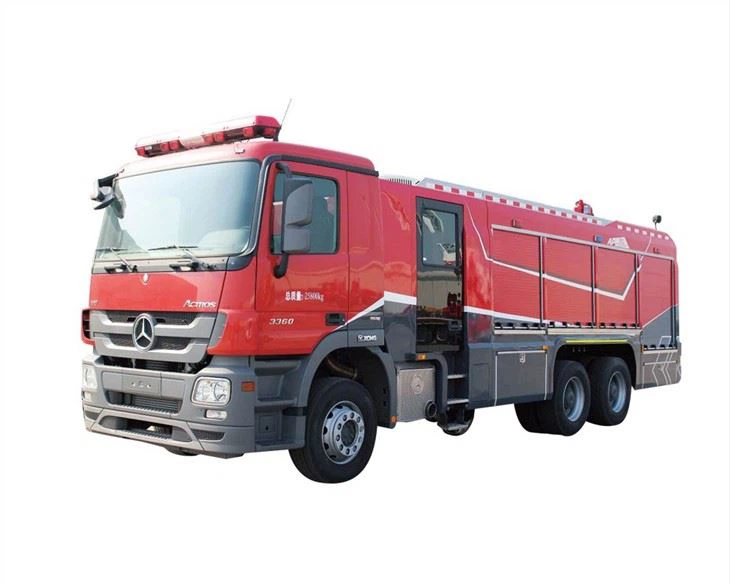V Trucks: The Future of Transportation and Logistics

In an era where innovation is the driving force behind various industries, the logistics and transportation sectors have seen tremendous advancements. One of the most noteworthy developments in these fields is the rise of v trucks, a concept that merges cutting-edge technology with efficient transportation solutions. This article dives deep into the world of v trucks, exploring their functionality, benefits, and impact on the future of logistics.
What Are V Trucks?
V trucks, or “virtual trucks,” represent a modern evolution in truck transportation. These vehicles leverage advanced technologies such as automation, connectivity, and data analytics to enhance their operational efficiencies. Unlike traditional trucks, v trucks are designed to optimize routes, reduce fuel consumption, and improve overall delivery times. This is primarily accomplished through the integration of electric and autonomous driving technologies.
The Components of V Trucks
Understanding v trucks requires a look at the essential components that make them unique:
- Electric Engines: V trucks are often powered by electric engines, providing a cleaner and more efficient alternative to diesel engines.
- Autonomous Technology: Many v trucks incorporate self-driving features, allowing for increased safety and reduced human error.
- Telematics Systems: These systems monitor vehicle performance in real-time, enabling better route planning and predictive maintenance.
How V Trucks Work
The operation of v trucks is grounded in three core principles: connectivity, automation, and data utilization.

Connectivity
V trucks utilize IoT (Internet of Things) technology to stay connected with logistics networks. This connectivity allows for seamless communication between the truck and central management systems.
Automation
By implementing automation, v trucks can reduce dependency on human drivers. This technological breakthrough not only eliminates driver fatigue but also allows for operations around the clock without the need for breaks.
Data Utilization
V trucks rely heavily on data analytics to make informed decisions. For instance, predictive analytics can help in optimizing routes based on real-time traffic data, reducing fuel consumption and delivery times.
Benefits of V Trucks
The transition to v trucks offers a panoramic range of benefits:
Cost Efficiency
Although the initial investment in v trucks may be high, the long-term savings on fuel, maintenance, and operational costs are significant. Additionally, electric trucks often qualify for government incentives that lower their overall cost.
Environmentally Friendly
Electric v trucks produce zero emissions, significantly reducing the carbon footprint associated with transportation. Companies utilizing v trucks can positively impact the environment and enhance their public image by promoting sustainable logistics practices.
Improved Safety
With autonomous technologies, the risks associated with human error, such as fatigue or distraction, are minimized. Advanced sensors and features like automatic emergency braking and lane-keeping assist contribute to safer roads for everyone.
Real-World Examples of V Trucks
Several companies have successfully integrated v trucks into their logistics and transportation strategies:
1. Tesla’s Semi Truck
Tesla’s Semi truck utilizes electric technology combined with autonomous capabilities. This vehicle is designed for long-haul deliveries, with impressive ranges that can last through significant distances without a recharge.
2. Volvo’s VNR Electric
Volvo’s VNR Electric truck focuses on short and regional hauls. As part of a commitment to sustainability, these trucks are ideal for urban environments and have zero tailpipe emissions.
3. Daimler’s Freightliner eCascadia
Daimler’s Freightliner eCascadia is another pioneering v truck that operates primarily in urban environments, boasting lower total cost of ownership and exceptional driver experience thanks to its innovative design.

Challenges Facing V Trucks
Despite their advantages, v trucks face several challenges in implementation:
Infrastructure Limitations
Current charging infrastructure is still lacking in many regions, limiting the practical applications of electric v trucks for long-distance hauls.
Regulatory Hurdles
As autonomous technology continues to evolve, so does the necessity for regulatory frameworks that can safely govern the operation of these vehicles on public roads.
Public Perception
Public hesitance towards fully autonomous vehicles can slow down the acceptance and integration of v trucks into existing fleets.
The Future of V Trucks
As technology continues to evolve, the future of v trucks looks promising:
Increased Adoption Rate
More logistics companies are investing in v trucks, realizing their potential to transform operations. This adoption will lead to advancements in technology and infrastructure.
Integration with Smart Cities
With the rise of smart cities, v trucks can work alongside other automated systems, enhancing overall transportation efficiency and reducing congestion in urban areas.
Focus on Sustainability
As environmental concerns intensify, the demand for eco-friendly transportation options like v trucks is expected to grow. Companies that adopt these technologies early will find themselves ahead of the curve.
Frequently Asked Questions (FAQ)

1. Are v trucks more expensive than traditional trucks?
While v trucks might have a higher initial purchase price, their operational savings on fuel and maintenance can make them more cost-effective in the long run.
2. How far can electric v trucks travel on a single charge?
The range varies by model, but modern electric v trucks can often travel 200 to 500 miles on a full charge, depending on configurations and load.
3. Is it safe to rely on autonomous features in v trucks?
While no vehicle is entirely risk-free, the advanced safety systems in autonomous v trucks can significantly mitigate risks compared to traditional driving methods.
4. What is the environmental impact of v trucks?
V trucks produce zero tailpipe emissions, leading to cleaner air and reduced greenhouse gas emissions, making them a more sustainable option for transportation.
5. Will v trucks replace human drivers entirely?
While the technology is advancing rapidly, many experts believe that human drivers will still be necessary for certain tasks, especially in complex environments or emergencies.
6. What are the key technologies behind v trucks?
Key technologies include electric propulsion, autonomous driving systems, IoT connectivity, and advanced telematics for data analysis and route optimization.
